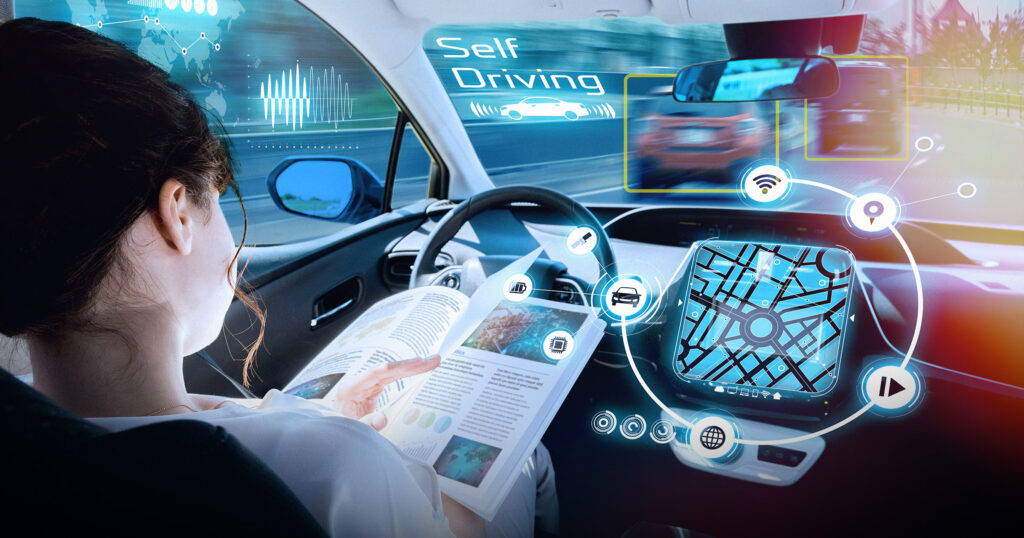In the realm of insurance, particularly accident insurance, technological advancements are revolutionizing how policies are sold, managed, and claimed. Emerging technologies are enhancing the efficiency, accessibility, and personalization of accident insurance services, ultimately benefiting both insurers and policyholders. This article explores the latest innovations in accident insurance services driven by technology, their impact on the industry, and what the future holds for this evolving sector.
The Evolution of Accident Insurance
Accident insurance has traditionally served as a financial safety net, providing coverage for medical expenses, lost income, and other costs resulting from accidental injuries. Historically, the process of purchasing accident insurance, filing claims, and receiving reimbursements has been manual and time-consuming. However, with the advent of new technologies, the landscape of accident insurance is undergoing significant changes, aimed at improving efficiency, customer experience, and overall effectiveness.

Technologies Transforming Accident Insurance Services
1. Artificial Intelligence (AI) and Machine Learning
AI and machine learning algorithms are increasingly being leveraged by insurers to streamline various aspects of accident insurance services:
- Underwriting and Risk Assessment: AI-powered systems can analyze vast amounts of data to assess risk more accurately and determine premiums based on individual risk profiles.
- Claims Processing: AI can automate claims processing, speeding up the evaluation and settlement of claims by identifying patterns and anomalies in claims data.
- Customer Service: AI-driven chatbots and virtual assistants are being used to provide real-time customer support, answer inquiries, and guide policyholders through the claims process.
2. Internet of Things (IoT)
The IoT involves interconnected devices that collect and exchange data over the internet. In accident insurance, IoT technology plays a crucial role in:
- Risk Monitoring: Wearable devices and sensors can track policyholders’ activities and health metrics in real-time, providing insurers with valuable data for risk assessment and pricing.
- Accident Detection: IoT-enabled devices in vehicles or homes can detect accidents or emergencies and automatically trigger alerts to emergency responders or insurers.
3. Blockchain Technology
Blockchain, known for its decentralized and secure nature, is transforming accident insurance services by:
- Enhancing Transparency: Smart contracts on blockchain can automate policy issuance and claims processing, ensuring transparency and reducing the risk of fraud.
- Data Security: Blockchain’s cryptographic features protect sensitive policyholder information and prevent unauthorized access or tampering.
4. Telematics and Geolocation
Telematics and geolocation technologies are being integrated into accident insurance to:
- Monitor Driving Behavior: Insurance companies can analyze data from telematics devices installed in vehicles to reward safe driving behaviors or adjust premiums based on driving habits.
- Emergency Assistance: Geolocation data can facilitate quicker emergency responses by pinpointing the exact location of an accident or injured policyholder.
5. Augmented Reality (AR) and Virtual Reality (VR)
AR and VR technologies are enhancing the customer experience in accident insurance by:
- Virtual Inspections: AR can enable virtual inspections of accident scenes or damaged property, facilitating faster claims processing and reducing the need for physical inspections.
- Training and Education: VR simulations can be used to train claims adjusters and educate policyholders about accident prevention and safety measures.
Benefits of Emerging Technologies in Accident Insurance
The integration of these emerging technologies into accident insurance services offers several benefits for insurers, policyholders, and the industry as a whole:
- Efficiency: Automated processes reduce paperwork, minimize manual intervention, and accelerate claims processing times.
- Accuracy: AI and data analytics improve risk assessment accuracy, leading to more precise underwriting and fairer premiums.
- Cost Savings: Reduced administrative costs and improved fraud detection contribute to overall cost savings for insurers, potentially resulting in lower premiums for policyholders.
- Enhanced Customer Experience: Technology-driven solutions such as AI chatbots and mobile apps provide convenient, 24/7 access to insurance services and support.
- Personalization: Advanced data analytics enable insurers to offer personalized policies and services tailored to individual policyholders’ needs and behaviors.
Challenges and Considerations
Despite the benefits, the adoption of emerging technologies in accident insurance services also presents challenges and considerations:
- Data Privacy and Security: Handling large volumes of sensitive data requires robust cybersecurity measures to protect against data breaches and unauthorized access.
- Regulatory Compliance: Insurers must navigate regulatory frameworks and ensure that technology implementations comply with industry regulations and data protection laws.
- Technological Integration: Integrating new technologies into existing insurance systems and processes may require significant investment in infrastructure and training.
- Customer Acceptance: Some policyholders may be hesitant to embrace new technologies or prefer traditional methods of interacting with insurers.
Future Trends and Predictions
Looking ahead, several trends are expected to shape the future of accident insurance services:
- Further Integration of AI: AI will continue to evolve, enabling more sophisticated risk assessment, predictive analytics, and personalized insurance products.
- Expansion of IoT Applications: The IoT ecosystem will expand to include more wearable devices, smart home technologies, and connected vehicles, providing insurers with richer data for risk management.
- Advancements in Blockchain: Blockchain technology will drive innovations in transparency, efficiency, and security across insurance operations, including claims management and fraud prevention.
- Rise of Insurtech Startups: Startups specializing in insurtech will continue to disrupt the insurance industry with agile, technology-driven solutions tailored to specific insurance niches.
- Focus on Customer-Centric Solutions: Insurers will prioritize enhancing customer experiences through digital channels, personalized services, and seamless claims processes.
Conclusion
Emerging technologies are reshaping the landscape of accident insurance services, offering opportunities to improve efficiency, enhance customer experiences, and drive innovation within the insurance industry. Insurers that embrace these technologies stand to gain competitive advantages by delivering more responsive, personalized, and transparent insurance solutions. As technology continues to evolve, it will be crucial for insurers to navigate challenges related to data security, regulatory compliance, and technological integration while capitalizing on the transformative potential of AI, IoT, blockchain, and other innovations. By staying at the forefront of technological advancements, insurers can better meet the evolving needs of policyholders in an increasingly digital world.
